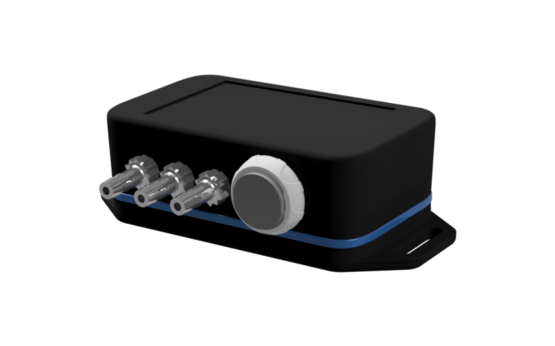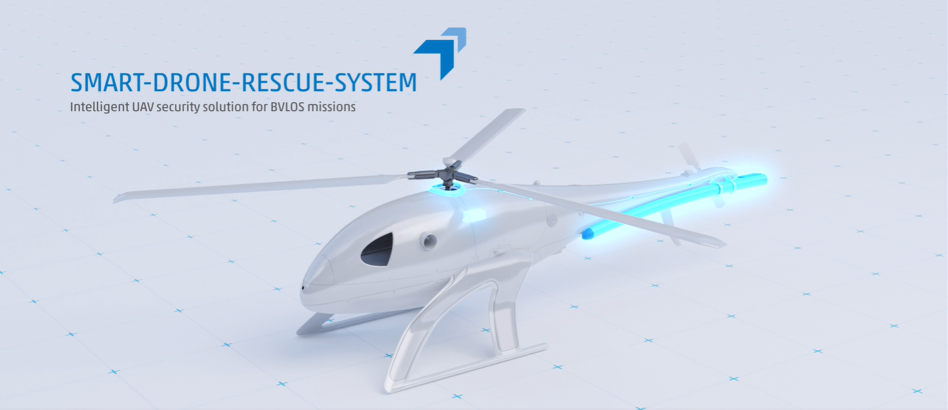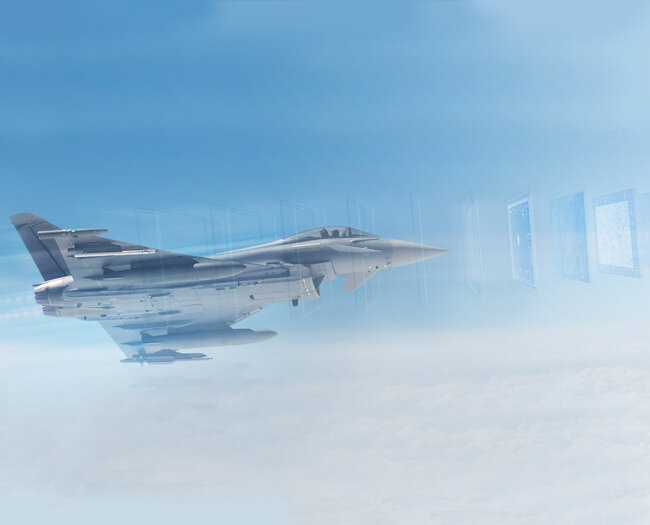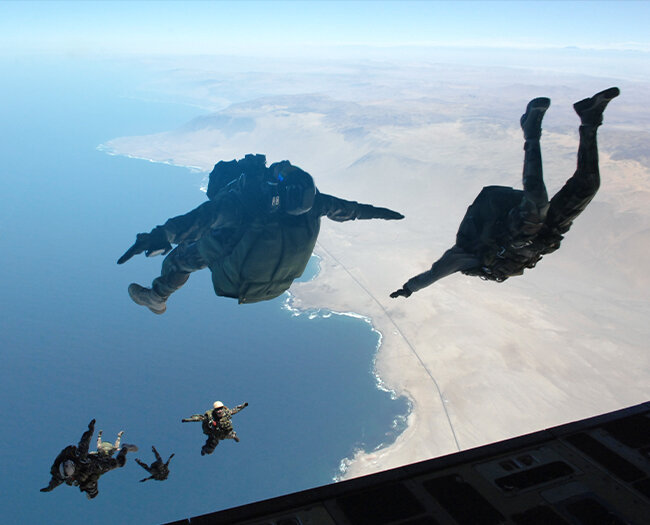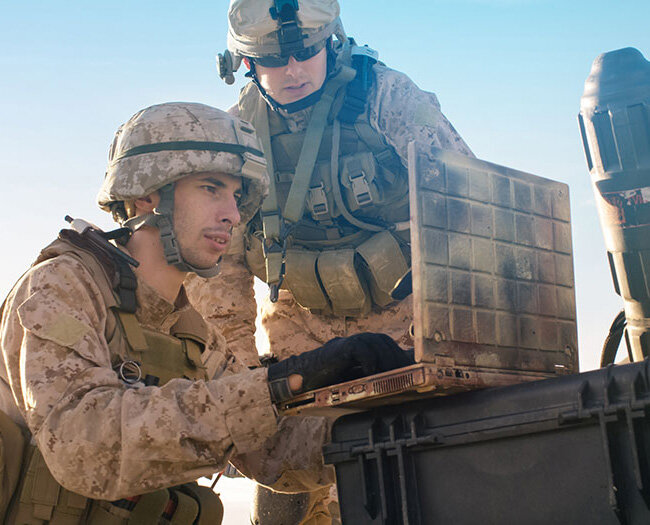SAFE BVLOS DRONE FLIGHT OPERATION IN THE CATEGORIES “SPECIFIC” AND “CERTIFIED”
For commercial industrial use in Germany, more and more drones of the category “specific” and “certified” are being deployed, which take on various tasks outside the view of the pilot (Beyond Visual Line Of Sight - BVLOS).
We have developed an automated emergency landing procedure using tried and tested parachute technology for drone operation to rule out any risk to people on the ground in the event of a drone malfunctioning or crashing. We therefore comply with the current strict EASA safety requirements. The combination of new, innovative unmanned aerial vehicles on the one hand and approved, proven rescue systems on the other, promotes the acceptance of automated drone flights in lower airspace. Flying with a rescue system – in particular over populated areas – is, according to the new EASA regulations, mandatory following a respective risk assessment.
- Minimal weight
- Lightest rescue system in EASA Specific Class: from 2.0% of the takeoff weight
- Reliable without pyrotechnics
- Autonomous flight attitude sensor system + mechanical release
- Scalable
- Predestined for single-rotor UAVs, also possible without a hollow shaft on any rotary-wing drone
- Can be retrofitted
- Sizes adaptable to different UAVs
- Automated rescue system opens up new, safe possibilities for BVLOS missions
- Fulfilment of the new current EU REGULATION (EU) 2019/945 + (EU) 2019/947
- Plus points in the SORA (Specific Operations Risk Assessment) due to provably reduced ground risk class GRC +1 to +2
- Increase safety in BVLOS operations
- Avoidance of uncontrolled UAV crashes
- Safety also for the operation of larger EASA Specific UAVs
- Over populated areas due to reduced ground risk (SORA plus point, GRC +1 to +2)
- Certified according to ultralight planes rescue chutes (RG-UL) NfL 2-366-17
- Developed based on the ASTM F2316-12 industry standard
- Optional: ASTM F3322-18 industry standard
With ESG's many years of experience in aviation equipment support with verifiable aviation equipment competence, we are now also developing rescue systems for drones in the "SPECIFIC" and "CERTIFIED" categories.

Aviation organisation certified according to:
- EASA Part 21J
- EASA Part 21G
- EASA PART 145
- ISO 9001 / EN 9100
- ISO 27001

UAV experience:
- Responsibility as system support company for UAV system integration with category 1 approval
- Product development
- Container-based GUARDION systems for UAV detection and defence

System provider for safety-critical aviation systems
- System responsibility for unmanned aerial vehicles
- System responsibility for parachute and rescue equipment
- Manufacturer-independent advice through market studies
- Introduction, support in the usage phase in a technical logistic context
- Determination of the non-impairment of traffic safety
- Aviation approval
The technical challenge lay in the realisation of an intelligent, reliable and at the same time extremely light rescue system for drones in the "Specific" category. The reliable implementation for rotary wing aircraft, in single rotor design, is specifically implemented by a line guide around the main rotor – that continues to rotate in the event of a crash – which always triggers reliably. Depending on the risk assessment of the respective drone mission, economic considerations also arise as a result of the reduction of the potential payload against the increase in safety through an additional rescue system. At the same time, minimum triggering altitudes, adapted to UAV operation, were implemented and tested in order to ensure safe regular operation of highly automated or autonomous UAVs outside of the visual range in populated areas.
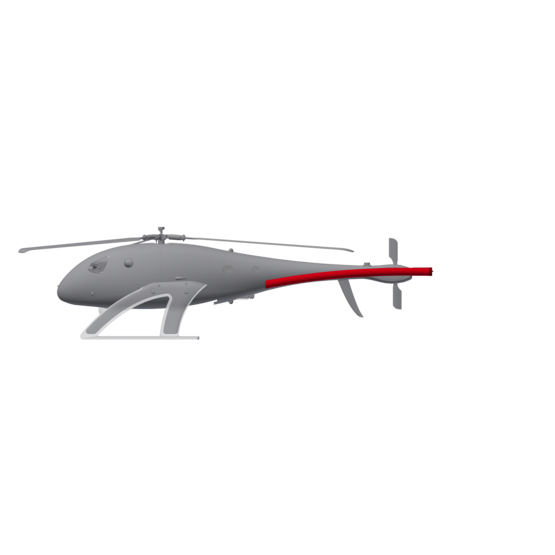
Reliability
- Approval of the valAIRIon rescue system according to (RG-UL) LTF 2-366-17
- Developed based on the ASTM F2316-12 industry standard
- Optional ASTM F3322-18 industry standard
Retrofitting
- Compatible with every Single-Rotor UAV
- No hollow shaft required
- Lightest rescue system in its class
- Self-sufficient energy supply in case of onboard power-loss
- No electrical interference with UAV components
Scalability
- Modular architecture
- Upgradeable to various unmanned flight systems, VTOL rotary or fixed wing aircraft with UAV MTOW from 25 to 500 kg
Overview of our solution:
- 2-channel DAL-capable electronics module
- Additional safety to the autopilot
- Automatic detection of flight emergencies and triggering of the parachute system
- Triggered by autopilot or according to your own criteria
- Deviation from the planned route
- Altitude above ground lower than planned
- Geo-cage or geo-fence cannot be adhered to
- Manual triggering by the user at the ground station
- CE, EMC, product safety
- Robust design (> IP64)
- Function failure <10^ -4 / FH
- Two-channel design to avoid unwanted activation up to <10^ -8 / FH
